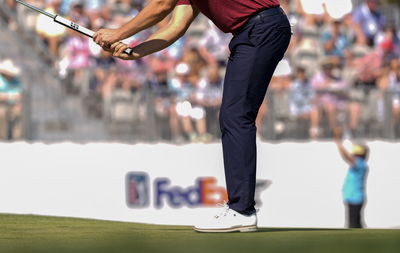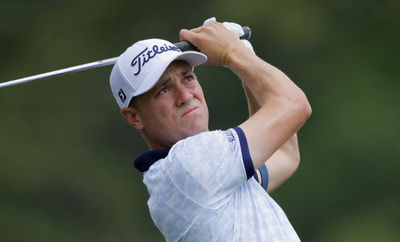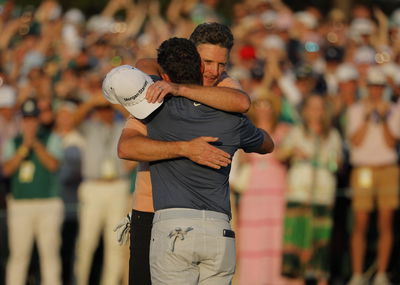Golf balls: 6 things to know
From construction and compression to dimples and spin, there is much to learn about golf balls.
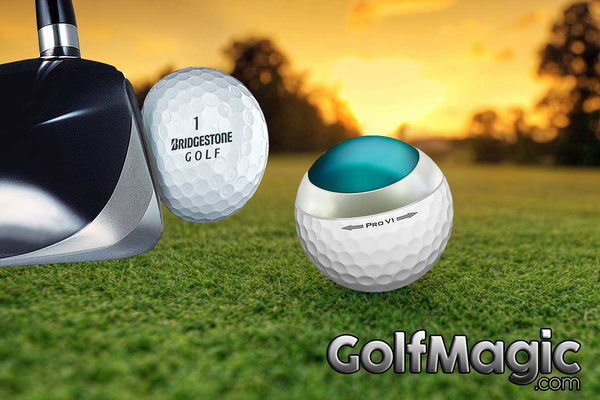
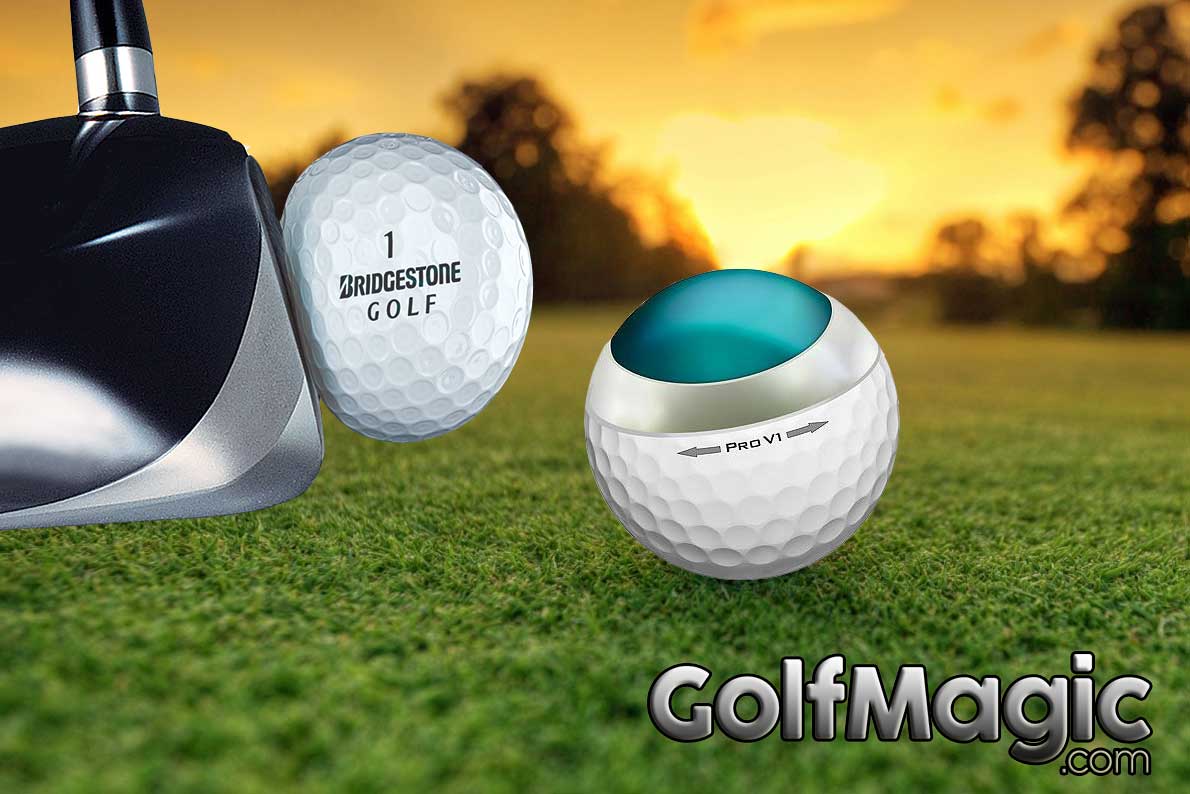
The golf ball is the only piece of equipment you use on every shot, so it makes sense to use the best one for your game.
With myriad golf balls on the market, aimed at the whole range of abilities and backed up by befuddling science, that all-important purchase decision can be a complex one.
NEW: CALLAWAY CHROME SOFT X GOLF BALL 2017
That selection becomes even more clouded when brands have differing views on what is important when it comes to fitting a player to a golf ball.
To give you a head start, here are six key things to know about balls...
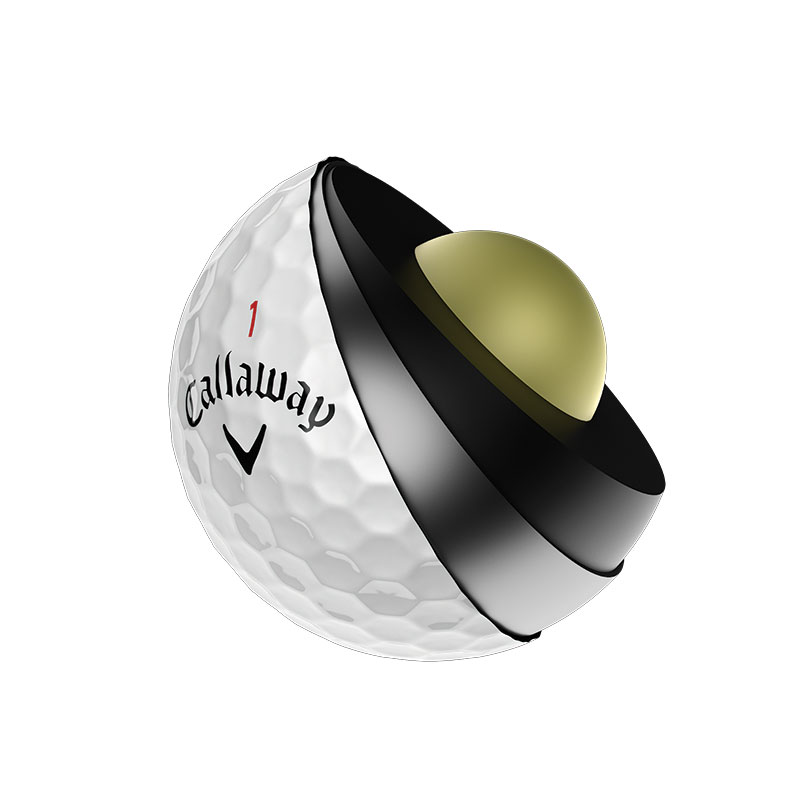
1. CONSTRUCTION
There are five types of golf ball construction available, each specifically designed for a particular style of play.
One piece: Typically used on driving ranges and crazy golf courses. Made from a solid sphere of Surlyn with moulded dimples, they are inexpensive and do not travel nearly as far as balls of other construction due to their lower compression.
Two piece: A popular combination of durability and distance. A solid core is then enclosed in the ball's cover. The firmer feel of a two-piece golf ball can provide more distance, but often at the expense of control and feel.
GUIDE: BLUFFER'S GUIDE TO GOLF'S KEY TERMS
Three piece: A solid rubber core is surrounded by a layer of enhanced liquid rubber, all encased in a softer, synthetic plastic cover. This allows better golfers to impart more spin and control it better around the greens.
Four piece: A combination of two-piece distance and three-piece feel, as pictured with the new Callaway Chrome Soft X golf ball above. A soft rubber core offering added distance is encased in two separate layers to aid spin. The urethane cover is the thinnest layer and gives the soft feel.
Five piece: A relatively new concept with each of the five layers designed to optimise performance in five key areas: driving, long irons, mid irons, short irons and short wedge shots.
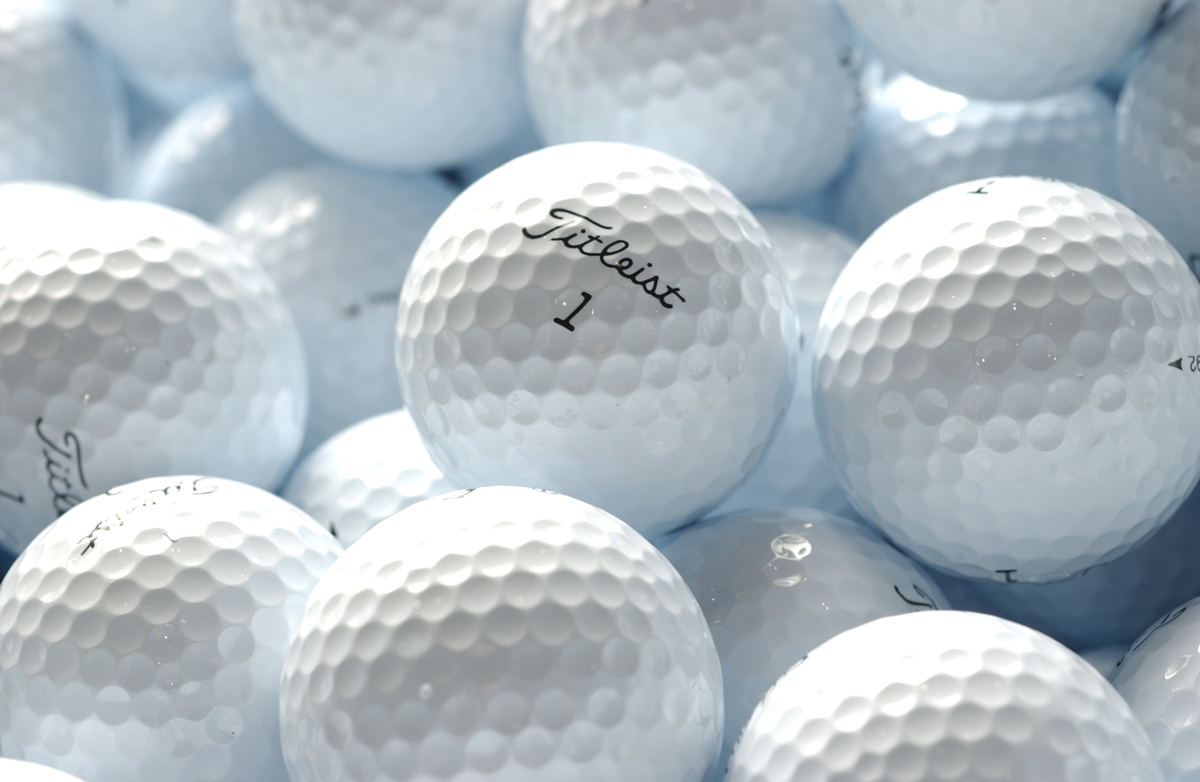
2. DIMPLES
Golf balls have dimples to reduce drag and create lift. The dimples create a thin turbulent layer of air that clings to the ball's surface and travels further around the back of the ball, decreasing the wake and therefore the drag.
A smooth golf ball hit by a professional golfer would travel only about half as far as a golf ball with dimples does.
Backspin imparted on the ball by the club generates lift but the dimples optimize the lift force. Some manufacturers claim dimple design can also help reduce sidespin to keep shots straighter.
WATCH: HOW DIMPLES HELP GOLF BALLS TO FLY
Most golf balls have 250-500 dimples, with an average depth of about 0.010 inch. A depth change of 0.0001 inch can produce a radical difference in the ball's trajectory and the overall distance it can fly.
"If the core is the engine of a golf ball, the dimples are the wings," says Nick Nardacci, Titleist's senior manager of product development - aerodynamics.
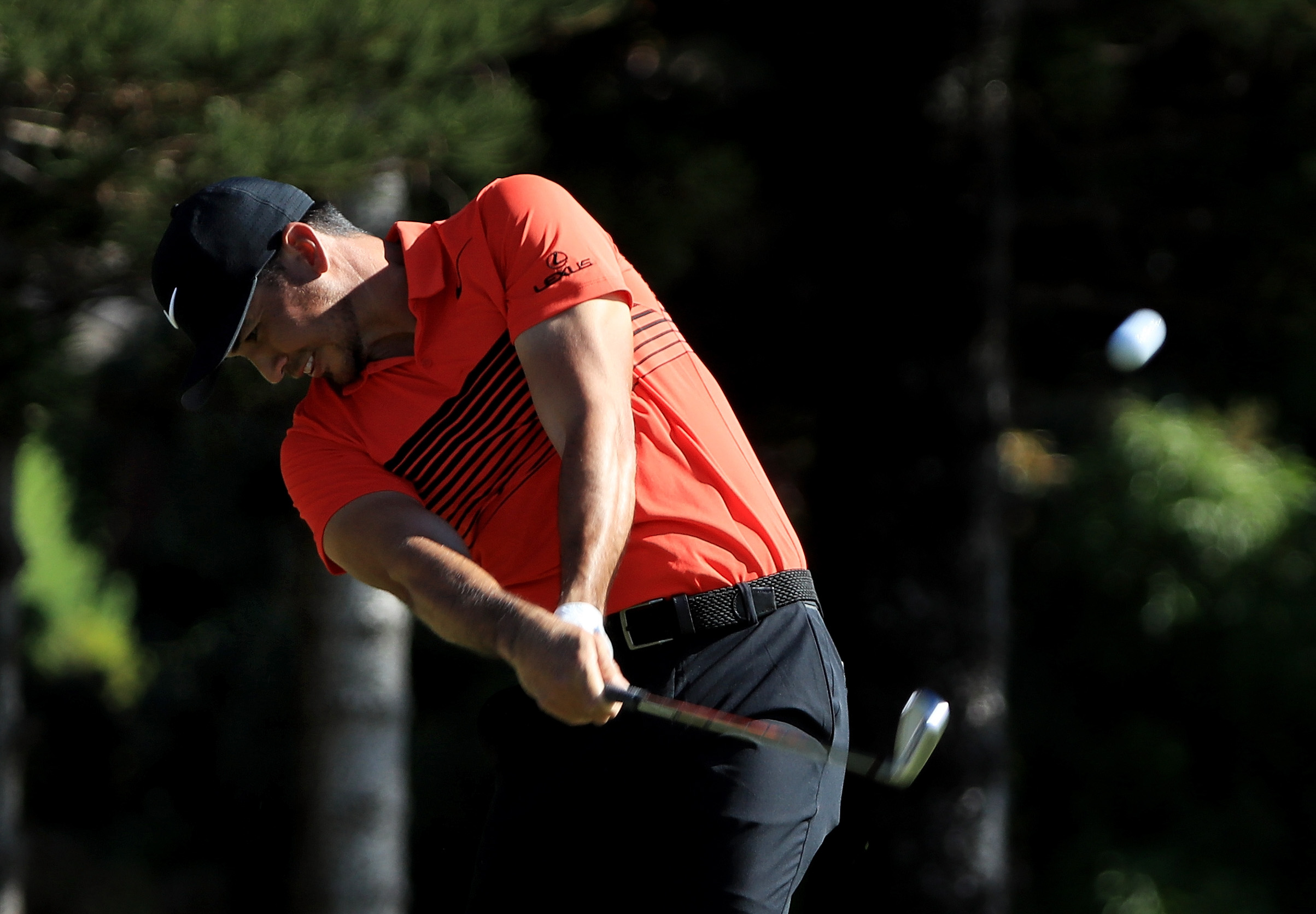
3. COMPRESSION
Compression is a measure of how much the ball compresses or squashes against the clubface when struck. The amount of deformation affects the energy transfer from the club to the ball. The more a ball is compressed, the further it will travel as it rebounds off the club.
Most golf balls range between 40 and 100 in compression.
READ: GOLF BALL FITTING - DOES IT REALLY MAKE A DIFFERENCE?
Low-compression balls tend to be softer and compress more easily to help beginners and higher handicap players with slower swing speeds create more distance.
Higher-compression balls are harder and are used by better players who can produce faster swing speeds to still achieve the distance while gaining better control.
WATCH: WHAT HAPPENS WHEN A GOLF BALL HITS STEEL AT 15OMPH!
If someone with a high swing speed uses a low compression ball they will compress it more than is ideal and it will not perform as well.
In colder weather a higher-compression ball will feel more like a rock and players may opt for a lower-compression ball to achieve more feel.
Manufacturers rarely advertise the compression rating, preferring to categorise through feel.
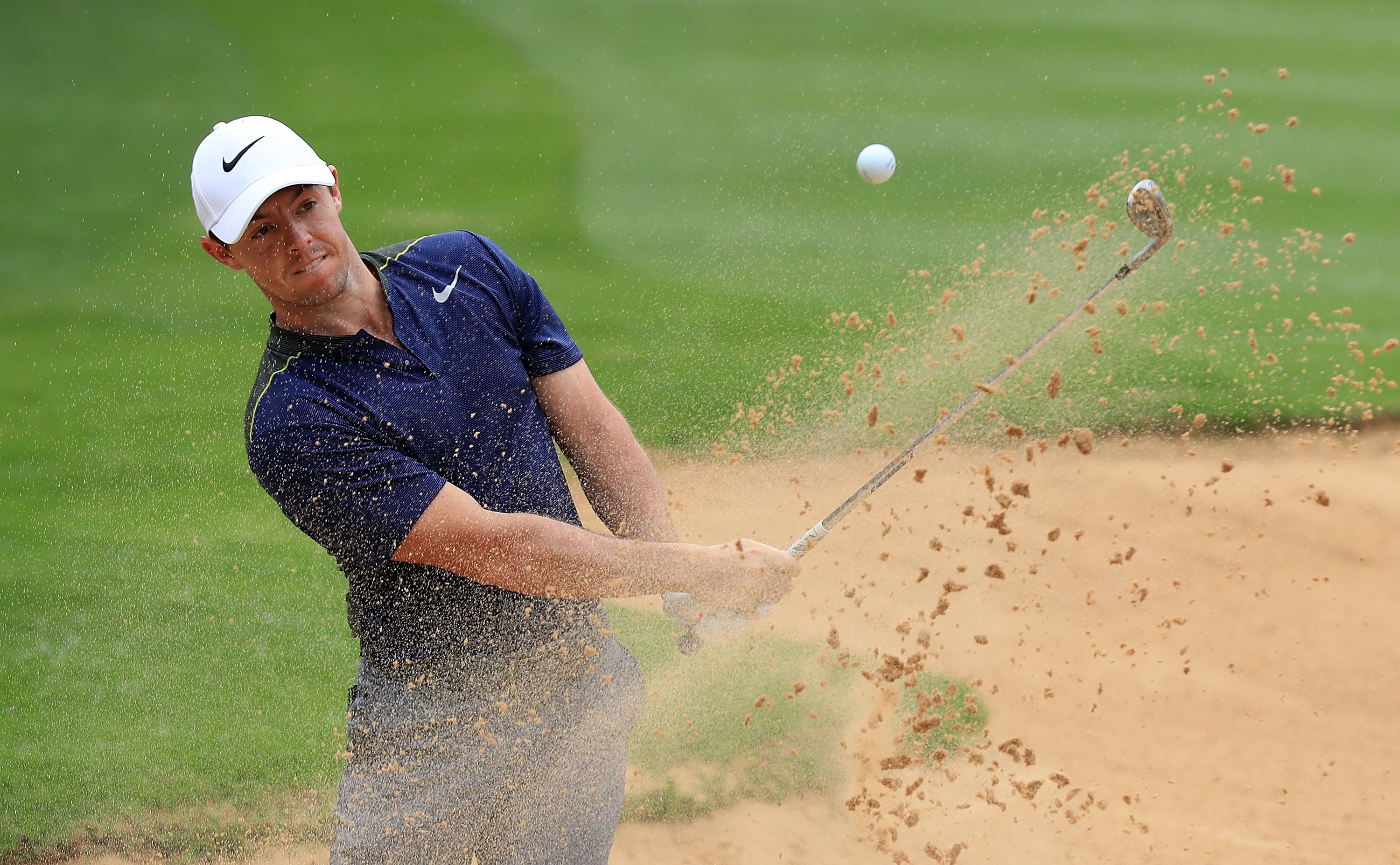
4. FEEL
A golf ball's feel is influenced by its construction. Some balls feel soft off the clubface, others feel firm or hard.
Balls with a solid rubber core often feel hard and tend to primarily be two-piece balls. These will typically be more durable and generate better distance.
READ: CALLAWAY CHROME SOFT REVIEW
Balls with a soft rubber core and soft urethane cover will feel soft and tend to be three, four or five-piece balls. These will typically not be as durable but they will provide much better control and spin around the greens.
Low-compression balls will generally have a soft feel, but not all soft balls are low compression. Most high-compression balls are made of multiple layers so if the outer cover is relatively soft, the ball can still present a soft feel to the player.

5. SPIN
Golf balls are designed with either low, mid or high spin, which means the backspin imparted by the loft of the club.
READ: OUR 4-STEP GUIDE TO CREATE BACKSPIN
Low spin: These balls tend to decrease side spin on your shots, causing the ball to fly straighter through the air and roll further once landing. This type of ball is more suited to golfers who tend to slice the ball and struggle to find distance.
Mid spin: These balls try to incorporate the best from both distance (low spin) balls and soft (high spin) balls. They are aimed at the widest range of golfers and are suitable for use by all standards in all conditions.
High spin: These balls are designed to spin the most through the air, creating a longer carry. A high-spinning ball will not get the run out on the fairway of a low or mid spin ball - but will make up for it with added control and feel around the greens.

6. DIFFERENT BRANDS, DIFFERENT PHILOSOPHIES
Different manufacturers have differing views on what is most important when fitting a player to a golf ball.
Titleist focuses on feel and short-game performance, while someone like Bridgestone prefers to match compression to driver swing speeds.
A Titleist rep told GolfMagic: "All of us compress a golf ball, even a Pro V1 or Pro V1x - if you’re thinking to yourself ‘I’m this swing speed, so I must match myself to this golf ball’, then that is simply nonsense.
"When it comes to swing speeds, every player has a different swing speed throughout the bag. You would be playing lots of different golf balls in your round if you matched a golf ball to your swing speed."
INTERVIEW: BRIDGESTONE GOLF BALL PHILOSOPHY
However, a Bridgestone Tour rep told us: "Our concept is quite simple - for every single golfer there is optimum compression. We're all different and it's our job to match that swing speed to the correct golf ball.
"You've got to compress the golf ball to get the most out of it. If you are able to compress it, you gain better consistency, you hit straighter and you hit it longer. Hitting it in play more often will give you a better chance to score."
What every brand agrees on, however, is golfers of all abilities will benefit from getting correctly fitted to a golf ball.
They also believe once a golfer has found their preferred choice of ball, they should stick to it for every round in order to build better consistency and shoot lower scores.
Which philosophy do you think is more important when choosing a golf ball? Which golf ball is in your bag this season and why? Share your thoughts in the forum below, or join us on Facebook, Twitter, Instagram and YouTube.





